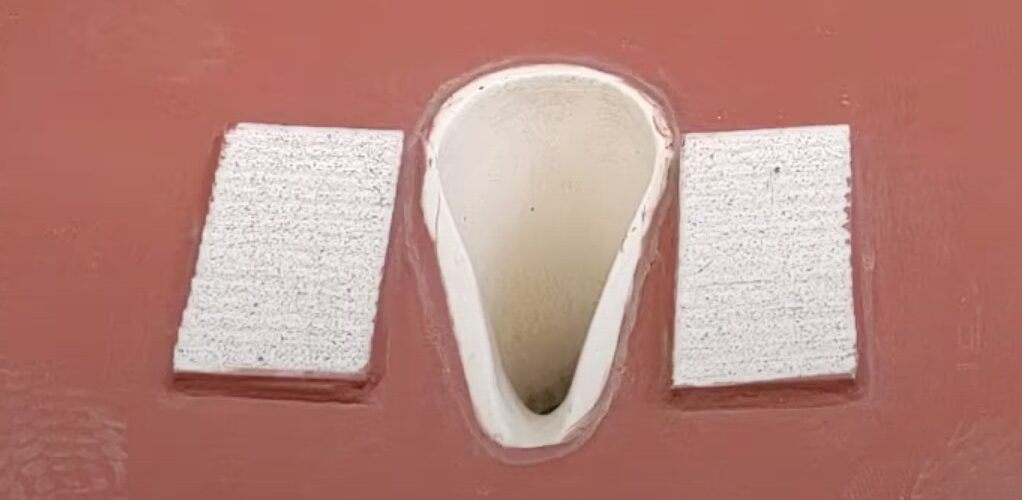Do you know any of these things?
- When was the first toilet found in ancient history?
- What are the sanitation methods followed in different ancient civilizations and cultures?
- What are the different designs of toilets?
- Different inventions and innovations have been made about toilets in the last 500 years.
- The humorous tales, cartoons, and anecdotes about toilets.
For many of us, Toilets are something we take for granted. We attend our nature calls, flush it with water, and are done.
Things have not been so simple when societies started to develop. We are not sure as to what kind of toilet and sanitary practices were followed by our ancestors as there is no recorded scientific proof or evidence. However, as per archaeological findings, we know that toiletry practices started developing about 4500 years ago.
So, if you want to understand the Toilets’ evolution and history, you must visit the Sulabh International Museum of Toilets in India’s national capital, New Delhi.
Like any museum, the Sulabh Museum is divided into different sections, and each section has framed pictures, posters, and explainers detailing the aspects of the toilet. The exhibits have been meticulously displayed using every space on the walls.
The museum does not direct you to follow any particular flow, but starting from the history of toilets, you will understand how sanitation evolved through the ages. This section showcases the sanitary practices and toiletry details from the Harrapan civilization, Babylon, Rome, Jeruselum, Medieval Europe, and the various forts of India.
One framed picture mentions that India was the first country in the world to have sanitary toilets in its houses. In ancient Harrapan civilization, a highly evolved drainage system was found, where wastewater from each home went into the sewer through the drain.
Dholavira, an ancient civilization in India established in 2500 BC, is a fine example of water conservation techniques, drainage, and sanitation. You can read and watch about Dholavira Water management in our detailed post.
The museum also highlights some serious issues that impacted humanity due to sanitation; in the middle of the 14th century, there was a significant outbreak of the Plague, which is considered one of the biggest epidemics of mankind. Known in history as the Black Death, it is attributed to the poor sanitary conditions of those times. This disease wiped out almost half the population of Europe.
The Sulabh Museum also holds many large printed pictures of written text, which shares some intriguing poems, satires, and anecdotes from the 16th and 17th centuries, probably reflecting the times.
One of the posters mentions King Louis XIII giving the audience while sitting on the water closet and the ornamental embellishments on the toilets used by Queen Elizabeth and Henry VIII in 1546.
Then, there are various photographs of Victorian toilet seats from 18th-century Europe, including floral urinal pots, porcelain toilets with designs, ceramic toilets, toilets designed as chairs, and wooden toilets.
Another section highlights the evolution of toilet technology over the years, highlighting innovations and improvements in sanitation infrastructure. It is interesting to know that the first patent for the flushing closet was issued to a watchmaker, Alexander Cummings, in 1775.
If you visit the Museum, you should watch for a black-and-white sketch showing people from the first floor of their houses throwing filth on the street, where clueless pedestrians walk.
Though the Sulabh Museum has not given any details, it likely displays a weird practice followed in Scotland, as we wrote about earlier.

For many visitors, the favorite part of the Sulabh Museum is the presence of physical toilets. There are models of discreetly concealed old commodes disguised as grand chairs, bookcases, and photostat machines.
There is another toilet that integrates a water closet and washbasin, allowing water reuse. The system discards wastewater from the washbasin, which is then cleaned and flushed out in the water closet when a person uses it. This model will likely encourage visitors to try this effective system in their homes.
Pictures of toilets from the catalogs of reputed sanitary ware manufacturing companies and public toilets of different countries are also displayed.
A wall at Sulabh Museum is covered with comical and hilarious posters related to the toilet.
Another wall is dedicated to some fascinating details about toilets from modern times. Some of the illustrations include:
- A famous restaurant in Taiwan where people eat on toilet seats to have food
- An Urilift toilet in the Netherlands that is hydraulically lifted in the night to serve the party animals
- World’s most expensive toilet purchased by NASA
- An example of a toilet in Switzerland made with one-way glass
- A hilarious letter written by Okhil Chandra Sen that led to the installation of toilets in Indian railway coaches, etc.
Wrapping Up
Sulabh Museum collects, preserves, and displays artistic, cultural, historical, or scientific objects related to toilets and sanitation for the public to view and learn. The Museum does a great job of promoting awareness and education about sanitation and hygiene.
By understanding the history of toilets and sanitation practices, we can understand their significance in our lives.
About Sulabh Museum
Sulabh is a Hindi word that means accessible or common.
The museum was established in 1992 by Dr. Bindeshwar Pathak, and its objective is to educate visitors about the historical and cultural aspects of sanitation, hygiene, and toilet technology.
We must add that Dr. Pathak is an icon and a social reformer in sanitation and hygiene.
In 1970, Bindeshwar Pathak founded Sulabh International, an organization that made toilets accessible to people in India. He pioneered the concept of pay-per-use toilets in India that were clean and safe.
His work uplifting marginalized sections of society and improving the lives of manual scavengers has been widely acknowledged.
In 1991, Dr. Pathak received the ‘Padma Bhushan,’ India’s third-highest civilian award. Pope John Paul-11 also recognized him by giving him the International Saint Francis Prize.
Location
Sulabh Bhawan, Dabri – Palam Rd, Mahavir Enclave, New Delhi, 110045 (Nearest Metro Station: Palam (Magenta Line))
Here is a short video on Sulabh International Museum of Toilets in Palam, New Delhi, giving you a glimpse of what you can see.
A






Add comment